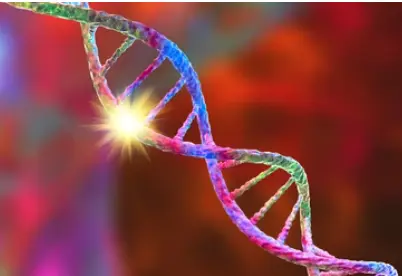 Welcome
Welcome
“May all be happy, may all be healed, may all be at peace and may no one ever suffer."
Seizures associated w/ Lennox-Gastaut syndrome - Generics
Lennox-Gastaut syndrome (LGS) is a rare and severe form of epilepsy that usually begins in childhood. Seizures associated with LGS are typically difficult to control and may involve multiple seizure types, including tonic, atonic, and atypical absence seizures.
Tonic seizures are characterized by sudden stiffening of the muscles, usually in the arms, legs, or trunk, and may cause falls or injuries. Atonic seizures, also known as "drop attacks," involve sudden loss of muscle tone, causing the person to collapse or fall. Atypical absence seizures involve a brief loss of consciousness and may be accompanied by subtle movements or staring spells.
Seizures associated with LGS can be particularly challenging to treat, as they often do not respond well to traditional antiepileptic medications. Treatment may involve a combination of medications, including newer antiepileptic drugs and benzodiazepines, as well as other therapies such as vagus nerve stimulation or a ketogenic diet.
In addition to seizures, LGS may also be associated with other neurological and developmental problems, such as cognitive impairment, behavioral issues, and movement disorders. Management of LGS typically involves a multidisciplinary team approach, with specialists in neurology, epilepsy, and developmental and behavioral pediatrics working together to provide comprehensive care.

Hemophilia B or Christmas...

Genital warts

Benzodiazepine-induced se...

Unipolar and bipolar depr...

Leg cramps

Atopic or contact dermato...

Skin and wound infections

Congenital adrenal hyperp...
Seizures associated w, Lennox Gastaut syndrome, খিঁচুনি যুক্ত ডব্লু , লেনোক্স গ্যাস্টাট সিনড্রোম
To be happy, beautiful, healthy, wealthy, hale and long-lived stay with DM3S.